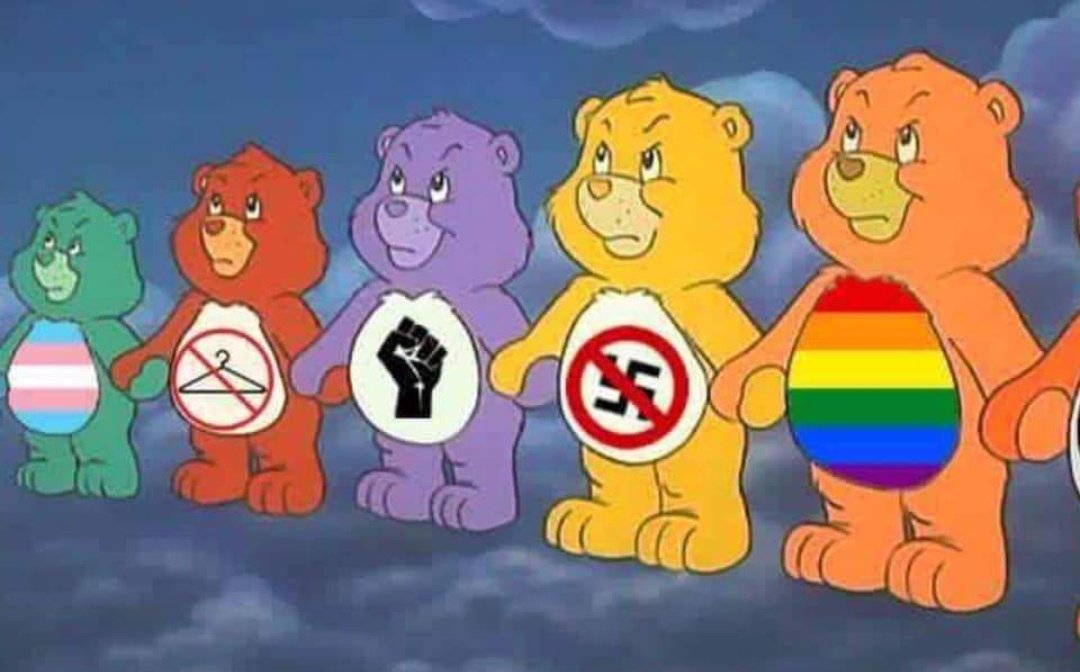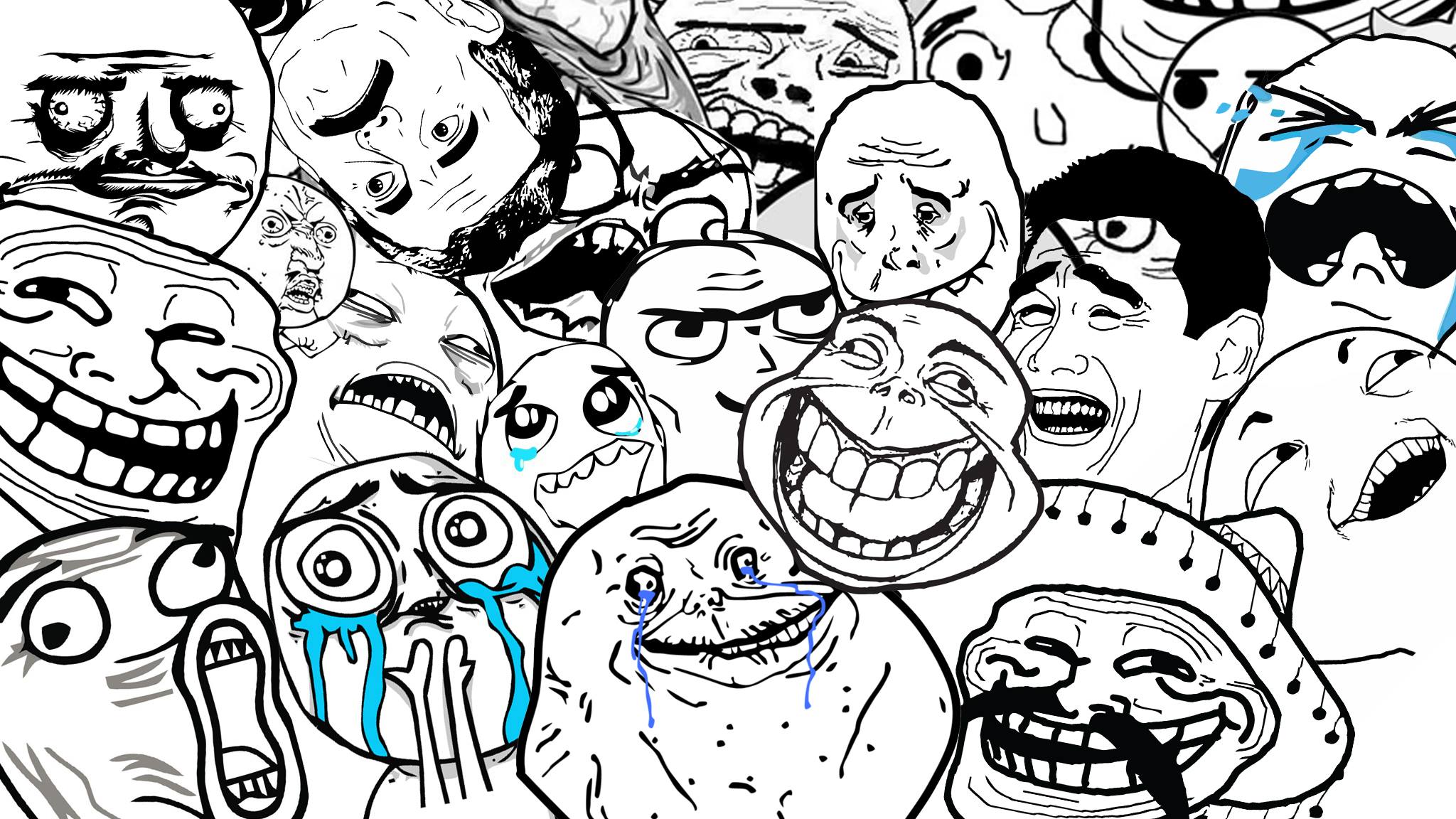The times where memes were geeky and funny, somewhat disturbing images have been over for years. Even a simple frog such as Pepe is not innocent anymore. Memes were hijacked by the alt-right, with the Trump era as its ultimate highlight.
Nobody explains this situation better than Andy King, in her essay Weapons of Mass Distraction: Far-right Culture-jamming Tactics in Memetic Warfare: “The alt-right [...] have molded their image into that of an underdog – a convenient ploy to justify aggressive tactics such as spamming pro-choice Facebook groups with images of aborted fetuses, raiding subreddits and shitposting cringe compilations of angry feminists and liberals appearing to ‘cancel free speech’. Their outreach was far and wide – no corner of the internet was spared.”

So, what are memes today, in 2021? And what will meme culture become?
Memes are Activism
The manipulative way the far-right has used memes has resulted in a stigma about the left supposedly not being able to meme. However, the left can meme. I would like to argue that memes are critical acts of innovative activism - because, as King says, memetic warfare is more immediate and accessible than real-life demonstrations; it is not susceptible to police disruptions and pandemics.
Memes are critical acts of innovative activism - because, as King says, memetic warfare is more immediate and accessible than real-life demonstrations; it is not susceptible to police disruptions and pandemics.
Take Saeeda Saeed, an activist from Saudi Arabia, for example, who devised an Instant Meme Noise Generator, that spews out nonsensical insults to the top 10 Saudi state-run Twitter accounts. She uses humor as a counteract to collectivize power, to shift the ongoing political narrative, to drown out official state-run Tweets, and to vent and express frustration directly towards state institutions who have prosecuted, harassed, and silenced critical voices.
When we look at the function of memes in Turkey, we see the political power they have as well. In Your Feed is a Battleground: A Field Report of Memetic Warefare in Turkey, Särp Ozer explains that just like how motherly love counters Voldemort and Superman is weak to kryptonite, Erdoğan is vulnerable to humor. Albayrak memes circulating over the internet portraying him as an incompetent dummy minister caused so much humiliation, which resulted in his resignation, for example.

Or look at Anahita Neghabat, a meme maker and activist. She criticizes the right-wing climate of Austria with her page @ibiza_austrian_memes on Instagram. She shows that memes are used as tools to reject the whole logic of elitist and top-down knowledge production, which is commonly performed by hegemonic, established media and political institutions, and that humor is an integral aspect of a collective empowerment strategy that is used by marginalized actors to build resilience through a process of self-affirmation.
Memes Beyond the Image
Even Pepe, got a new meaning during protests in Hong Kong, according to Caspar Chan. The frog became a symbol of solidarity for protesters, graffitied on the streets, in the context of an ambiguous political climate, where the way of perceiving left/right politics cannot be fully applied.
So memes are used by left activists and are also finding their way into actual public space. Memes are moving beyond their online (social media) context. In fact, they are part of a broader phenomenon, one that goes beyond the image. Memetic structures are becoming a way of spreading fear and myths.
For example, Anirban K. Baishy explains that in context the Blue Whale Challenge in India, which is a morbid urban ledged that consists out of a series of tasks culminating in suicide, where the exact nature of the game remains shrouded in mystery, memes are currently evolving beyond text and image, but into something else that he calls memetic terror:
Memetic terror is an affective, networked fear of breaching. It replicates itself through exposure to repeated information, reverberating throughout digital infrastructures, as it interacts with personal devices, policy, and regulation, as well as users’ bodies.
Now imagine the same principle being applied to spread hope, solidarity, resistance, and other progressive ideas.

Speculative Memes
When looking at memetic structures in a more abstract sense, they can also be used in a speculative context.
Just as the Trans Bears did in their futuristic meme worlds that explore what could happen if we generated pluralistic, positive visions as an alternative to today's vastly nihilistic memescape. They escaped the constraints of the current moment we live in and turned to worldbuilding, science fiction, and futuring techniques to envision scenarios set in an alternative place and time. Or the way Stephanie Boulding creates a new metaphor for the failed utopian hacker-dream of the Net, in the current context of the climate crisis.
Memes, both in the visual and abstract form, can play a decisive, tactical role in reflecting on the society and world we live in and designing a future we want to see.
All works cited are to be published in the upcoming Institute of Network Cultures Reader about Critical Meme Research in July.

Share your thoughts and join the technology debate!
Be the first to comment